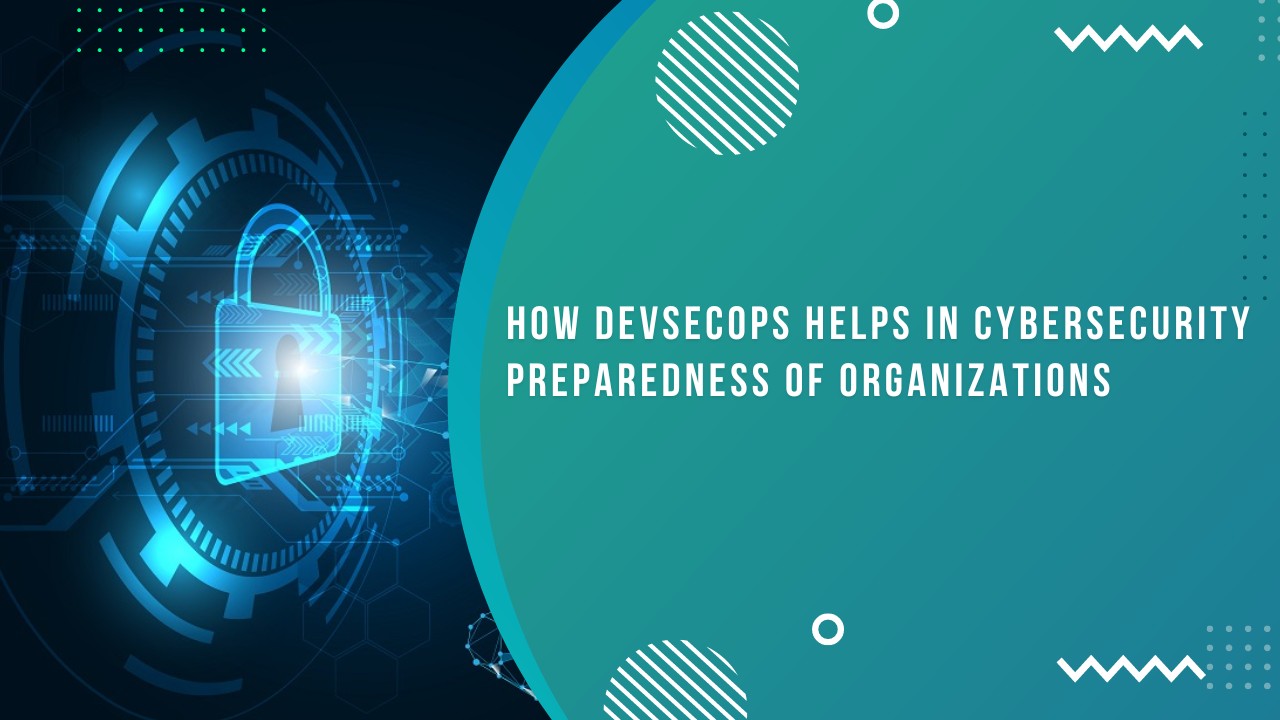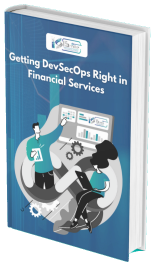In the recent times, DevSecOps is gathering considerable hype in the domain of software development as it secures an application from within. DevSecOps emphasizes that security should be integrated from the initial stages of the Software Development Life Cycle (SDLC). This practice is known as ‘Shift-Left’ policy. This policy is unlike the DevOps model in which security checks and testing are done in the last, and separate security teams are assigned for it in the later stages of SDLC. Unlike DevOps, DevSecOps is seriously concerned about incorporating security in all the stages of software development lifecycle.
DevSecOps is also economical. Putting security at the end is expensive, and is also difficult to implement. Therefore using DevSecOps in SDLC is an economical approach which protects a software from dangerous cyberattacks. In this approach, developers can do regulated testing right from the beginning of the software development. When there is in-built security, it is easy to monitor operational vulnerabilities of the software. And a quick feedback report can also be generated for the developers. Furthermore, the reliability of the application itself is increased, and there is less reliability on the software security shield put at the perimeter for running risk tolerance & vulnerabilities analyses.
How does DevSecOps help?
One can imagine DevSecOps by automating manual processes and integrating security tools into continuous integration and continuous delivery pipeline (CI/CD). In this way, the developers and the operations team will deliver better workflow and services. Automation is key to enhancing process efficiency, and helps in closer collaboration between developers and information security teams. Better collaboration between these two teams, adds constancy in resolving technical glitches.
It is also ensured that all the teams working on a project are proceeding with the same security goals in their mind. The automation helps in timely reiterations of development cycles. Additionally, it works in tandem with the native innovative technologies like microservices and containers. It also helps in other objectives like maintaining a close partnership between developer teams, stopping interruptions in operations, and integrating safety measures at the vulnerability site. It remarkably eliminates repetitive manual efforts and errors which make the work complicated.
Ready to automate dev & ops to shorten the SDLC?
Talk to our experts today & see how they can help to fulfill your business objectives.
Applying zero-trust principles to Kubernetes
A DevSecOps pipeline has four main stages – building, testing, infra & compliance scan, and finally deployment.
Building: In this stage static source code scanning or Static Application Security Testing (SAST) is done to help developers find out vulnerabilities and issues in the code. It sends a feedback report back to developers to resolve major issues like back door, poor source code, etc. This stage is important as it helps in preventing passing on the vulnerabilities to the production team.
Testing: This is the next stage in the software development which is equally important. In this stage, Dynamic Application Scanning Testing (DAST) is integrated into the SDLC which simulates malicious intrusion from outside the application. In this stage a feedback report is generated which shows the possible ways in which a hacker can break the secure confinement of the software and do malicious activities.
Infrastructure & Compliance: The next stage is the infrastructure & compliance analysis stage. Scans are done on the infrastructure which focus on configuration settings and the system’s infrastructure. Then we have compliance scans which analyze a system’s conformity with given regulations like HIPAA. By adhering to such specific regulations, one discloses the security stance of software.
Deployment: This is the final stage of the DevSecOps. In this stage, Web Application Firewall (WAF) is integrated with an application. This helps in preventing the application from cross-site scripting (XSS), cross-site forgery, file inclusion, and SQL injection which lead to cyber incursion.
ISmile Technologies help you to reimagine DevOps with integrated security at every step. Build with robust security, our DevSecOps managed services has been put in place to let your DevOps team redefine their operations, engineering, and security to build a secure delivery workflow. Contact us today for free assessment.










